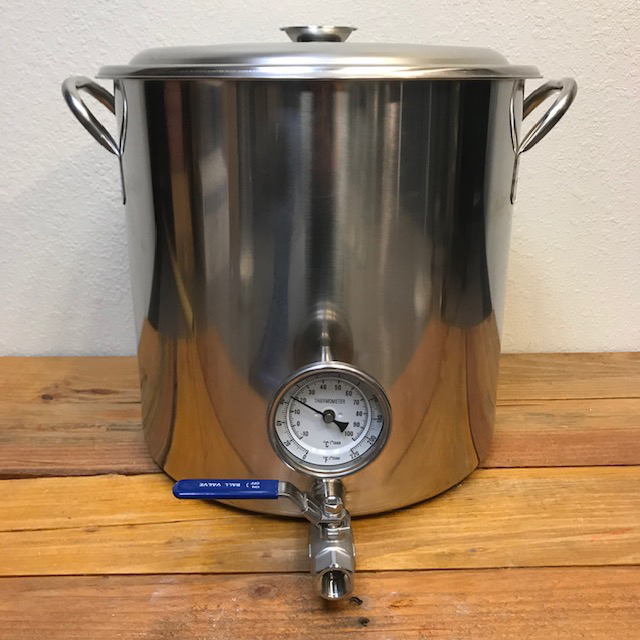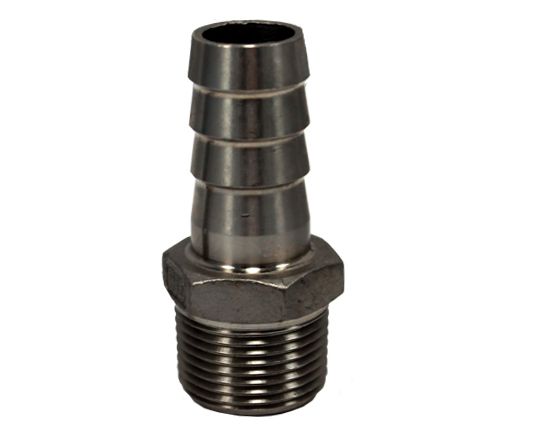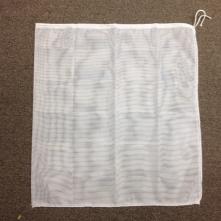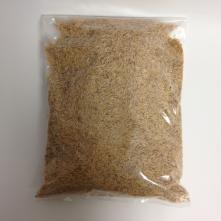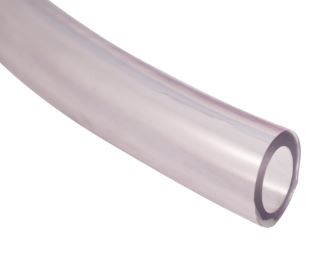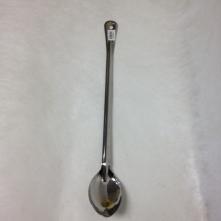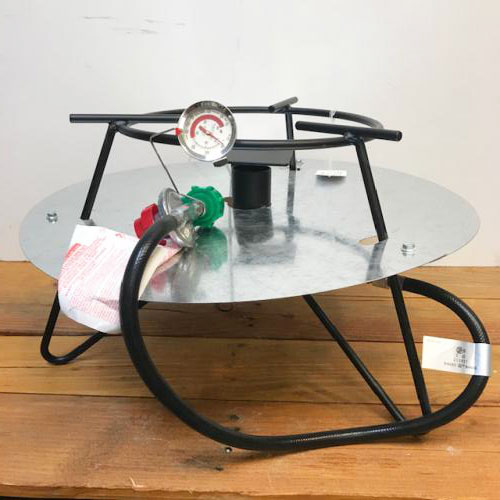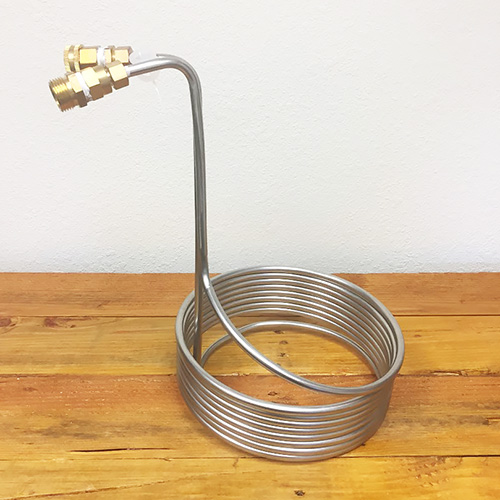Economy All-Grain 5 Gal Brewing System - Single Burner
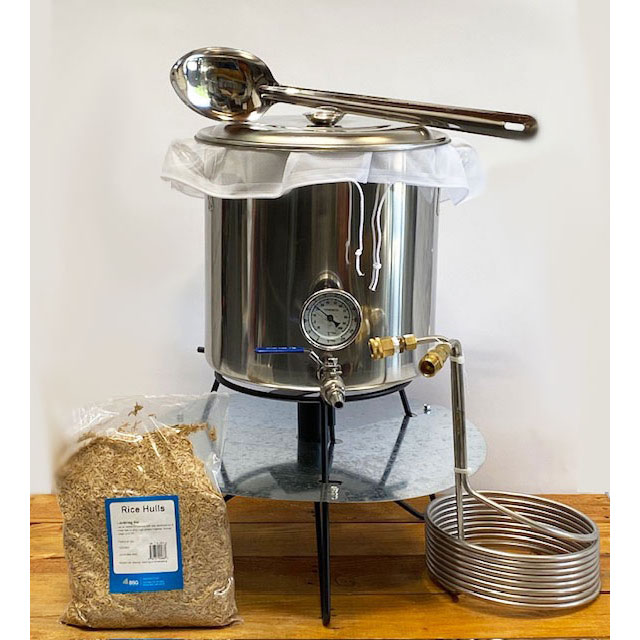
The most economical systems are based on the technique of Brew-in-a-Bag (BIAB). In this type of system, a large nylon bag lines the mash tun kettle to allow for straining the grains. Sparging may or may not be performed.
Recommended Components - All Components are Linked Below this Discussion
Mash Tun Design
The mash tun is the same kettle used for boiling. A nylon bag will hold the grains and allow for removal of the grains at the end of the mash. Equipment needed:
• Stainless Kettle - 32 qt - 8 Gallon - Two Welded Ports - Includes Valve & Thermometer
• 1/2" Hose Barb - 1/2" Barb x 1/2" MPT - Stainless Steel - fitted to the kettle valve
• Two Feet of 1/2" ID Vinyl Tubing - to connect to the kettle drain valve
• Nylon Bag - Coarse Mesh - 29" x 29" with drawstring
Heat Source
A basic propane burner provides the heat, fueled by a standard BBQ propane tank (not included). Equipment needed:
• Propane Burner - Low Profile 105,000 BTU - includes Thermometer
Kettles for Sparge Water and Boiling Wort
No additional kettles are needed when using the Brew-in-a-Bag method.
Sparging
Sparging is optional when using the Brew-in-a-Bag method. However, it is necessary to line the kettle with a nylon bag to allow for removal of the grains from the mash tun. It helps to add rice hulls to improve the drainage of the wort. Equipment needed:
• Nylon bag - listed above
• Rice Hulls - Filter Aid
Mash Reciculation and Whirlpooling (Optional)
Not applicable.
Transferring
Not applicable.
Stirring
• Spoon - Stainless Steel - 21' Length - Solid
Chilling
A stainless wort chiller is the more economical option, compared to a copper wort chiller.
• Wort Chiller - Stainless - 25'
How to Perform the Mash and Sparge
Instead of rinsing or showering the grains at the end of the mash, the grain is removed from the kettle leaving the wort behind. Most people call this technique the Brew-in-a-Bag (BIAB) method, because a large nylon straining bag is used as the straining device for the grains and to remove the grains from the kettle. If you choose this technique, you should anticipate lower extract yield from the grains. Consider adding rice hulls into the mash (5% by weight) to improve the drainage of the wort from the grain and increase the extract yield.


